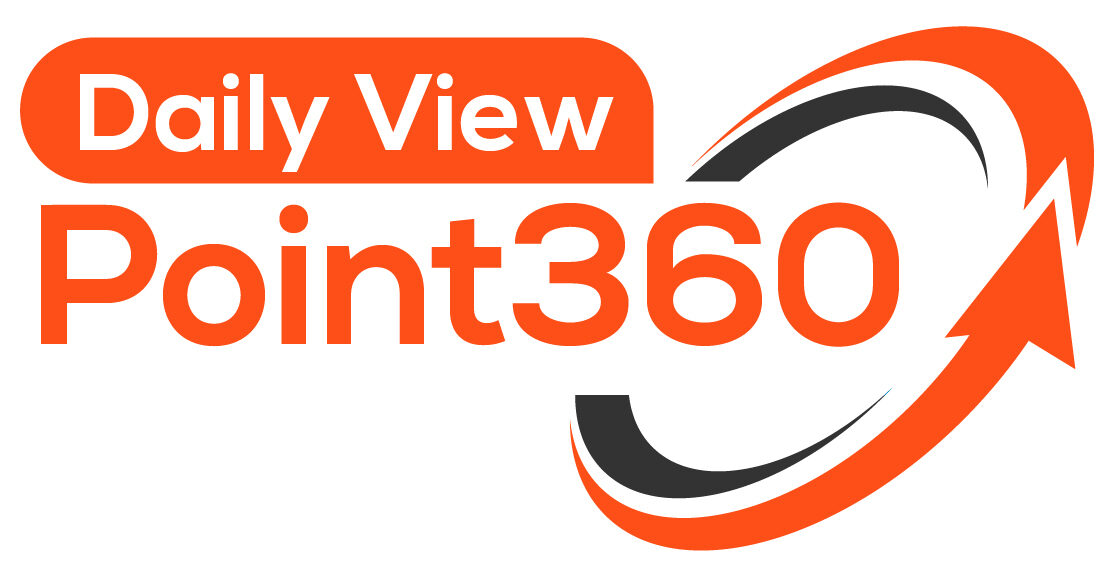I. Introduction
- A. Definition of a Clothing Store Business Plan
- B. Importance of Having a Well-Structured Business Plan
II. Key Components of a Clothing Store Business Plan
- A. Executive Summary
- B. Business Description
- C. Market Analysis
- Identifying Target Audience
- D. Organizational Structure
- E. Product Line and Services
- F. Marketing and Sales Strategies
- G. Funding Requirements
- H. Financial Projections
III. Crafting an Engaging Executive Summary
- A. Overview of the Clothing Store
- B. Mission Statement
- C. Unique Selling Proposition (USP)
- D. Summary of Financial Projections
IV. Defining Your Business
- A. History and Background
- B. Vision for the Future
- C. Values and Culture
V. Unveiling Market Analysis Strategies
- A. Understanding the Target Audience
- B. Thorough Competitor Analysis
- C. SWOT Analysis for Strategic Insights
VI. Establishing the Organizational Structure
- A. Team Members and Roles
- B. Leadership Structure
- C. Hiring Plan for Future Expansion
VII. Curating a Unique Product Line and Services
- A. Niche Identification
- B. Product Range Overview
- C. Potential Services Offered
VIII. Mastering Marketing and Sales Tactics
- A. Branding Strategies
- B. Online and Offline Marketing Channels
- C. Sales Forecast and Strategies
IX. Financial Projections: Numbers that Speak
- A. Start-up Costs
- B. Sales Forecast
- C. Cash Flow Projections
- D. Break-Even Analysis
X. Executing Funding Requirements
- A. Determining Initial Capital Needs
- B. Exploring Funding Options
- C. Investment Pitch Preparation

XI. Crafting a Conclusion: Your Vision, Your Success
- A. Summarizing Key Points
- B. Reiterating the Importance of a Solid Business Plan
- C. Encouraging Continuous Adaptation
Now, let’s dive into the detailed content for each section.
I. Introduction
Starting a clothing store is an exciting venture, but success requires careful planning. A clothing store business plan serves as a roadmap, outlining your goals, strategies, and financial projections. In this guide, we’ll explore the key components of a comprehensive clothing store business plan.
II. Key Components of a Clothing Store Business Plan
Executive Summary: The executive summary encapsulates the essence of your business plan. It provides a snapshot of your clothing store, including its mission, unique selling proposition, and financial projections.
Business Description: This section delves into the specifics of your clothing store. Detail your store’s history, vision, and values, creating a foundation for the rest of the plan.
Market Analysis: Understanding your target audience and competitors is critical. Identify your ideal customers, analyze competitors, and conduct a SWOT analysis for strategic insights.
Organizational Structure: Lay out your team’s structure, roles, and leadership hierarchy. Consider future hiring needs to support your store’s growth.
Product Line and Services: Define your niche, outline your product range, and explore potential services that can enhance your customers’ experience.
Marketing and Sales Strategies: Craft effective branding strategies, choose suitable marketing channels, and outline your sales forecast and strategies to attract and retain customers.
Funding Requirements: Specify your startup costs, sales forecast, and cash flow projections. Determine the initial capital needed and explore various funding options.
Financial Projections: Present the financial health of your clothing store with start-up costs, sales forecasts, cash flow projections, and break-even analysis.

III. Crafting an Engaging Executive Summary
Overview of the Clothing Store: Paint a vivid picture of your clothing store, emphasizing its unique features and value proposition.
Mission Statement: Clearly articulate your mission statement, defining the purpose and goals of your clothing store.
Unique Selling Proposition (USP): Highlight what sets your store apart. Whether it’s exclusive designs, sustainable practices, or exceptional customer service, make it known.
Summary of Financial Projections: Provide a concise overview of your financial forecasts, demonstrating the store’s potential profitability.
IV. Defining Your Business
History and Background: Share the story behind your clothing store—its inception, challenges overcome, and milestones achieved.
Vision for the Future: Outline your aspirations for the store’s future, including expansion plans and long-term goals.
Values and Culture: Define the values that guide your business and the culture you aim to foster among your team and customers.
V. Unveiling Market Analysis Strategies
Understanding the Target Audience: Identify your ideal customers, considering demographics, preferences, and buying behavior.
Thorough Competitor Analysis: Conduct a detailed analysis of competitors, evaluating their strengths, weaknesses, opportunities, and threats.
SWOT Analysis for Strategic Insights: Perform a SWOT analysis for your clothing store, identifying internal strengths and weaknesses, as well as external opportunities and threats.
VI. Establishing the Organizational Structure
Team Members and Roles: Introduce key team members and outline their roles and responsibilities.
Leadership Structure: Define the leadership hierarchy within your clothing store, ensuring clear lines of authority.
Hiring Plan for Future Expansion: Anticipate future hiring needs as your business grows and outline a strategic hiring plan.
VII. Curating a Unique Product Line and Services
Niche Identification: Define your clothing store’s niche, whether it’s high-end fashion, sustainable apparel, or a specific style.
Product Range Overview: Provide a comprehensive overview of the products you plan to offer, highlighting key categories and styles.
Potential Services Offered: Consider additional services, such as alterations, personal styling, or loyalty programs, to enhance the overall customer experience.
VIII. Mastering Marketing and Sales Tactics
Branding Strategies: Articulate your branding strategies, including your brand’s personality, tone, and visual identity.
Online and Offline Marketing Channels: Identify the most effective marketing channels for reaching your target audience, both online and offline.
Sales Forecast and Strategies: Outline your sales forecast, setting realistic targets, and describe the strategies you’ll employ to drive sales.
IX. Financial Projections: Numbers that Speak
Start-up Costs: Detail the initial costs required to launch your clothing store, covering everything from inventory to store design.
Sales Forecast: Project your sales for the first few years, considering factors like seasonality and market trends.
Cash Flow Projections: Provide detailed cash flow projections, ensuring a solid understanding of your store’s financial health.
Break-Even Analysis: Calculate the point at which your clothing store becomes profitable, considering fixed and variable costs.
X. Executing Funding Requirements
Determining Initial Capital Needs: Clearly outline the amount of capital needed to launch and sustain your clothing store until it becomes profitable.
Exploring Funding Options: Consider various funding options, such as personal savings, loans, or investors, and weigh the pros and cons of each.
Investment Pitch Preparation: Craft a compelling pitch to attract potential investors, emphasizing the viability and potential returns of your clothing store.

XI. Crafting a Conclusion: Your Vision, Your Success
Summarizing Key Points: Summarize the key components of your clothing store business plan, emphasizing the importance of each section.
Reiterating the Importance of a Solid Business Plan: Highlight the crucial role a well-structured business plan plays in the success of a clothing store.
Encouraging Continuous Adaptation: Acknowledge the dynamic nature of the retail industry and encourage a mindset of continuous adaptation and improvement.
In conclusion, crafting a detailed and well-thought-out clothing store business plan is essential for success in the competitive retail industry. By addressing each component meticulously, from market analysis to financial projections, you set the foundation for a thriving venture. Remember, adaptability is key, and regularly revisiting and updating your business plan ensures it remains aligned with your evolving vision and market dynamics.



